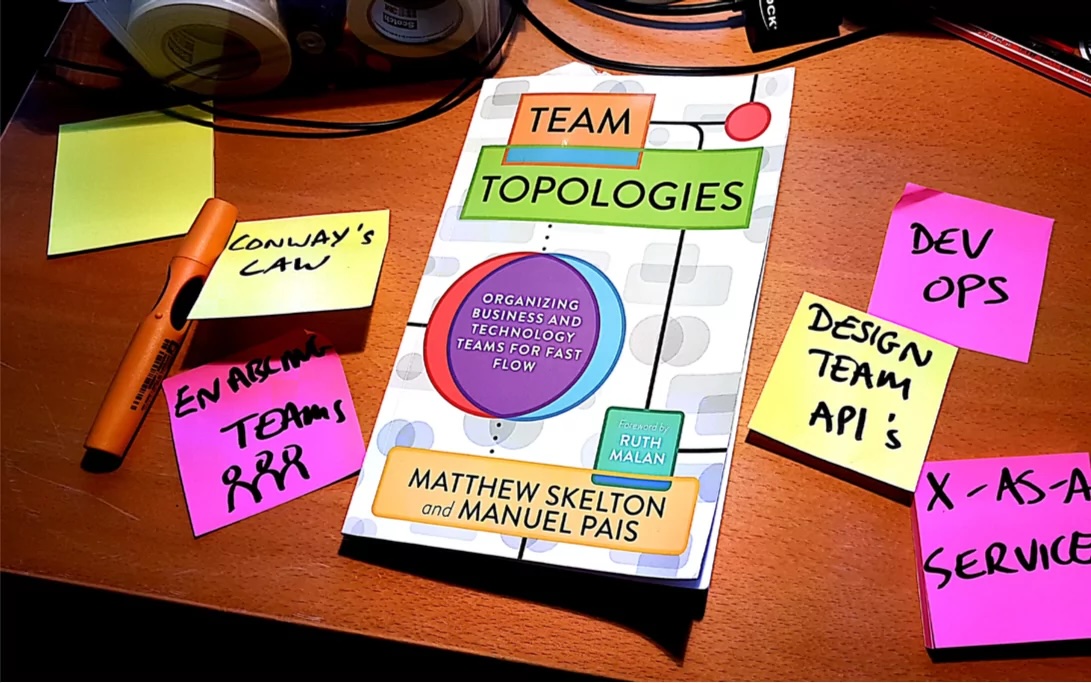For decades, the "Command and Control" (C&C) leadership model was the undisputed standard in most organizations. It's based on a strict top-down approach where leaders issue instructions, and employees execute them without question. In stable, industrial environments, where efficiency was achieved through standardization, this style may have had its place. However, in today's knowledge-based and dynamic work world, it is not only outdated but actively harmful.
The disadvantages of Command and Control are significant and varied:
Stifled Creativity and Innovation: When employees are trained to merely follow established rules and routines, they lose the ability to think outside the box. Their own ideas and new solutions are nipped in the bud, causing companies in fast-paced industries to fall behind.
Destroyed Trust and Engagement: C&C creates a deep chasm between leaders and their teams. When decisions are made in isolation and passed down without context, employees feel devalued, disconnected, and distrustful.
Demotivation and High Turnover: Younger generations, in particular, like Millennials and Gen Z, who strive for meaningfulness, collaboration, and inclusion, vehemently reject this authoritarian style. If their voices are ignored, their engagement plummets rapidly, or they leave the company altogether.
Inefficiency and Slowness: In a C&C structure, decisions often have to pass through multiple hierarchical levels. This makes the organization slow and unable to react quickly to dynamic market changes. The leader becomes a bottleneck for the entire process.
Dehumanization of Work: Perhaps the greatest harm comes from the underlying mindset: C&C treats people like "things" or resources that need to be managed. This approach, which may work for controlling machines or processes, is deeply demotivating when applied to humans. It limits their potential and kills any initiative.
The modern work world requires a radically different approach – one based on trust, autonomy, and the empowerment of every individual. Two leadership philosophies have proven particularly effective here: Intent-Based Leadership and Servant Leadership.
Developed by L. David Marquet, a former US Navy submarine commander, Intent-Based Leadership reverses the traditional leadership principle. Instead of seizing control, leaders consciously give it away. The goal is to create an environment where every employee becomes a leader.
The central mechanism of IBL is a simple but profound change in communication. Instead of asking for permission ("May I dive the ship?"), employees state their intent ("I intend to dive the ship."). This linguistic shift transfers responsibility and ownership of the action to the person who possesses the relevant information.
For this transfer of control to function safely and effectively, two fundamental pillars must be established:
Technical Competence: The team must possess the necessary knowledge and skills to make an informed and safe decision.
Organizational Clarity: The team must understand the overarching goals and the "Intent" of the organization to ensure that their decision aligns with the overall strategy.
A practical tool for developing these abilities is the Ladder of Leadership. This model describes seven levels of employee autonomy, from Level 1 ("Tell me what to do") to Level 7 ("I have done... and will continue to do..."). A good leader recognizes which level an employee is on and helps them gradually climb the ladder and take on more responsibility through targeted questions (e.g., "What do you see?", "What do you think?", "What do you intend to do?").
The philosophy of Servant Leadership, attributed to Robert K. Greenleaf, turns the traditional hierarchy upside down. Here, the leader is primarily a servant of their team. The focus is on recognizing and meeting the needs of employees so that they can grow, flourish, and reach their full potential.
For modern technology organizations, the following principles of Servant Leadership are particularly crucial:
Listening and Empathy: Actively trying to understand the perspectives, feelings, and challenges of team members to create a truly supportive environment.
Healing: Creating a psychologically safe and healthy work environment where employees can recover from past negative or toxic experiences and thrive.
Commitment to the Growth of People: Viewing the personal and professional development of each employee as a central leadership task and actively investing in training, mentoring, and new challenges.
Stewardship: Regarding the organization and its resources not as property but as a trust, managed for the benefit of employees, customers, and society.
Empowerment and Community Building: Consciously sharing power, fostering autonomy, and cultivating a strong sense of belonging, trust, and collaboration within the team.
A prominent example of moving away from Command and Control and towards a modern leadership culture is the transformation of Microsoft under CEO Satya Nadella.
The Initial Situation: Before Nadella's appointment in 2014, Microsoft was paralyzed by a stagnant "know-it-all" culture marked by internal competition and silo thinking. Innovation was stifled, employee morale was low, and the company had lost ground in key markets like mobile and cloud.
Nadella's Approach: Nadella initiated a profound cultural change, strongly influenced by the principles of Servant Leadership and Transformational Leadership. He replaced the "know-it-all" mentality with a "learn-it-all" culture based on curiosity, collaboration, and a "Growth Mindset."
Empathy was declared a central leadership competence – the ability to see the world through the eyes of customers and employees became a prerequisite for true innovation. He created an inclusive culture where every voice matters and employees are encouraged to take risks and learn from mistakes.
The Results: The transformation was spectacular. Microsoft's market capitalization exploded from around $300 billion in 2014 to over $2.3 trillion in 2022. The new collaborative culture enabled groundbreaking innovations like the Azure cloud platform, Microsoft Teams, and the successful integration of AI technologies like GitHub Copilot. At the same time, employee satisfaction increased by 30% between 2014 and 2022, as employees felt more involved, valued, and empowered.
Intent-Based Leadership and Servant Leadership are not competing but mutually reinforcing approaches. They can be seen as the new DNA for leadership in agile, autonomous organizations. While IBL provides the mechanics of decentralized decision-making – the language ("I intend to..."), the processes, and the necessary pillars of competence and clarity – SL provides the cultural foundation and intrinsic motivation for the leader to apply these mechanics authentically. A leader will only successfully and sustainably implement IBL if they adopt a serving attitude and genuinely believe in the success and growth of their team. A Command-and-Control manager who merely tries to imitate the language of IBL will fail because the underlying intention of trust and empowerment is missing. Only the combination of IBL's structure and SL's attitude creates a robust, humane, and high-performing leadership DNA.
Moving away from Command and Control is not a "soft" management fad but a hard economic necessity in the modern knowledge economy. In a world characterized by complexity and rapid change, companies can no longer afford to leave the full intellectual potential of their employees untapped.
Modern leadership no longer focuses on controlling tasks but on creating an environment where people are empowered to do their best. It provides clarity on goals, ensures the necessary competence, and removes obstacles. This type of leadership is an indispensable prerequisite for organizational models like Team Topologies to unfold their full potential and for companies to remain resilient, innovative, and successful.
Insights from our Blog

Why standard AI systems fail in regulated markets and how a REACH-compliant RAG architecture provides the solution.
Intelligent Compliance: AI as a Strategic Imperative for the Chemie Industry
In industries where errors can cost millions, AI hallucinations are unacceptable. Discover how a purpose-built RAG system mitigates regulatory risks, ensures compliance with complex regulations like REACH, and turns compliance into a strategic competitive

Legacy Modernization: The Strategic Path
Transform with Kafka & Debezium, minimize risk.
Outdated IT systems represent a growing liability, hindering agility and blocking innovation. This article presents a proven, incremental approach to modernization. Discover how to renew your core systems step-by-step, minimizing risks and future-proofing

How centralized decision-making shapes organizations and where it falls short
Beyond Command and Control: Leadership by Design
Command and Control emphasizes strict hierarchies and streamlined authority. But in today’s fast-paced world, can this model still deliver – or is it a rigid approach in need of rethinking?

The four team types and interaction modes that power modern IT organizations
Team Topologies: Structuring Teams for Success
Team Topologies helps organizations design their teams for clarity, speed, and collaboration. Learn how strategic team structures can reduce friction and accelerate delivery.

Systemantics: When Systems Go Wrong
What complex systems teach us about failure, dysfunction, and unexpected behavior
Systems don’t always do what they’re designed to – they do what they can. In “Systemantics,” John Gall unpacks why systems fail, often in surprising ways. A thought-provoking look at complexity in action.
Let’s Make Things Happen